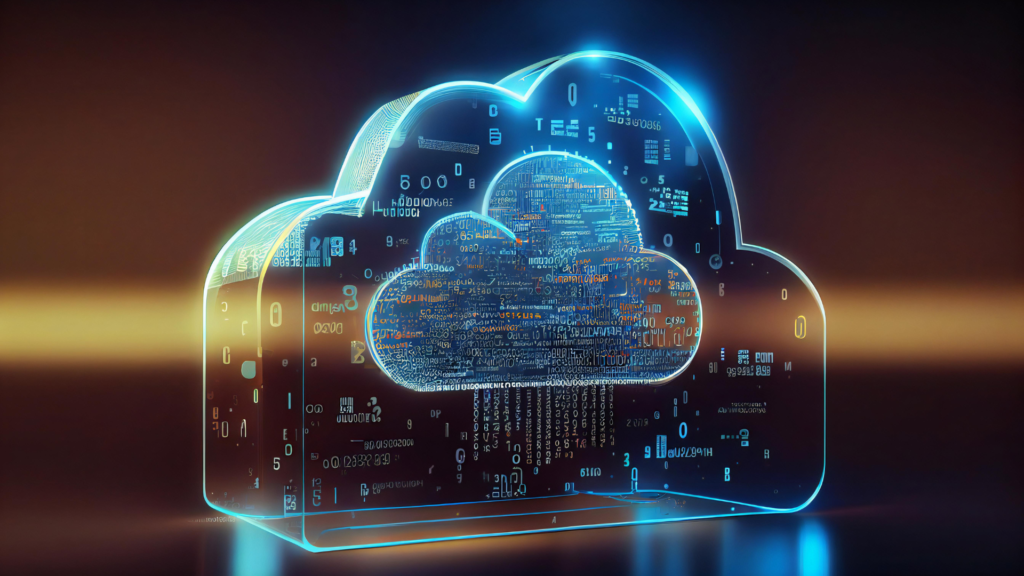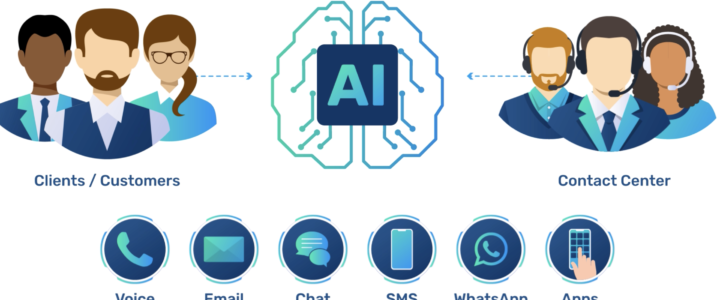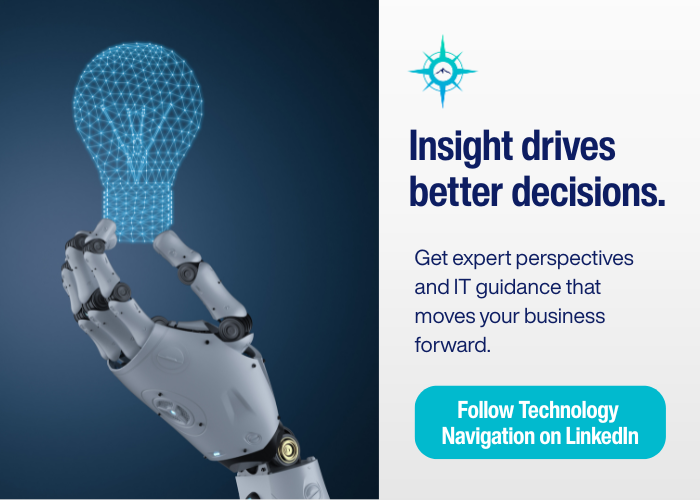

Director of Client Engagement
In the current modern networking landscape, one term has emerged as a beacon of innovation and transformation: SASE. Secure Access Service Edge, abbreviated as SASE, is not merely a buzzword; it represents a fundamental shift in how organizations approach network security, particularly in the context of implementing SD-WAN solutions.
Understanding the Evolution of Network Security
While SD-WAN offers unparalleled benefits in terms of agility and performance, concerns surrounding security have often overshadowed its adoption. However, SASE presents a paradigmatic solution, seamlessly integrating robust security measures within the SD-WAN framework to create a comprehensive and cohesive approach to network security.
The Core Components of SASE
At its core, SASE leverages the foundational elements of SD-WAN, harnessing its capabilities for efficient and dynamic network connectivity. However, what sets SASE apart is its seamless integration of robust security measures within the SD-WAN framework. Imagine a scenario where the redundancy, policy enforcement, and quality of service (QoS) features of SD-WAN are complemented by powerful firewall protection, all orchestrated through a centralized management system. This is precisely what SASE brings to the table – a holistic approach to networking and security that transcends traditional silos.
Challenges in Selecting the Right SASE Solution
With great power comes great responsibility, and choosing the right SASE solution for your organization can be a daunting task. With numerous vendors vying for attention and a myriad of technical specifications to consider, navigating this complex landscape requires expertise and insight. This is where Technology Navigation steps in.
The Role of Technology Navigation
Technology Navigation is a guide amidst the fog of confusion surrounding SASE procurement. Our team of experts specializes in helping businesses identify the perfect SASE supplier that aligns with their specific needs and objectives. Whether you prioritize scalability, performance, or regulatory compliance, we meticulously analyze your requirements to recommend the most suitable SASE technology tailored to your organization. Contact us!
